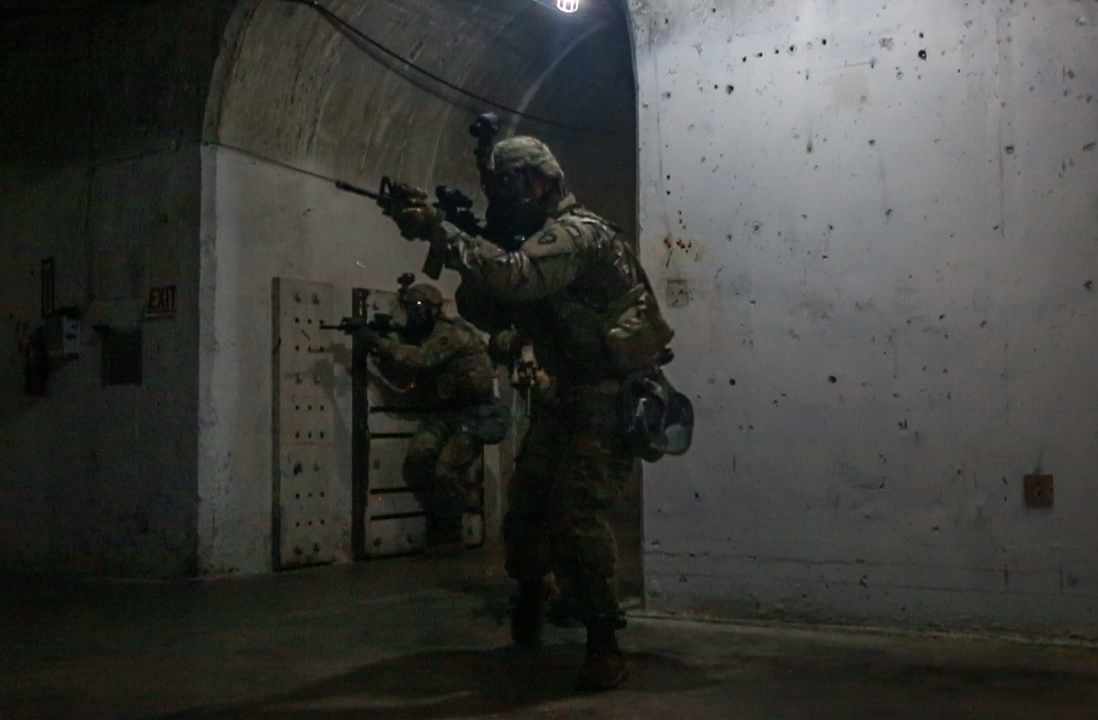This post is also available in:
 עברית (Hebrew)
עברית (Hebrew)
The US Army has set a new priority – subterranean warfare. Late last year, the Army launched an accelerated effort that funnels some $572 million into training and equipping 26 of its 31 active combat brigades to fight in large-scale subterranean facilities that exist beneath dense urban areas around the world.
For this new type of warfare, infantry units will need to know how to effectively navigate, communicate, breach heavy obstacles and attack enemy forces in underground mazes ranging from confined corridors to tunnels as wide as residential streets.
Soldiers will need new equipment and training to operate in conditions such as complete darkness, bad air and lack of cover from enemy fire in areas that challenge standard Army communications equipment.
An assessment last year estimates that there are about 10,000 large-scale underground military facilities around the world that are intended to serve as subterranean cities, an Army source, who is not cleared to talk to the press, told Military.com.
The Army completed a four-month review last year of its outdated approach to underground combat, and published a new training manual dedicated to this environment.
The US Army has always been aware that it might have to clear and secure underground facilities such as sewers and subway systems beneath densely-populated cities.
Before the war in Iraq and Afghanistan, the mission for taking large, underground military complexes was given to tier-one special operations units such as Army Delta Force and the Navy’s SEAL Team 6, as well as the Army’s 75th Ranger Regiment.
But the Pentagon’s new focus on preparing to fight peer militaries such as North Korea, Russia and China changed all that. Also, Israel has been coping with tunnel war on its northern and southern borders, by Hizballah and Hamas, for the last few years.
However, the Army’s Asymmetric Warfare Group told U.S. military leaders that special operations forces will not be able to deal with the subterranean problem alone and that large numbers of conventional forces must be trained and equipped to fight underground, the source said.
The endeavor became an urgent priority because more than 4,800 of these underground facilities are located in North Korea, the source said. For its part, Russia inherited a vast underground facilities program from the Soviet Union, designed to ensure the survival of government leadership and military command and control in wartime, the manual states.


























